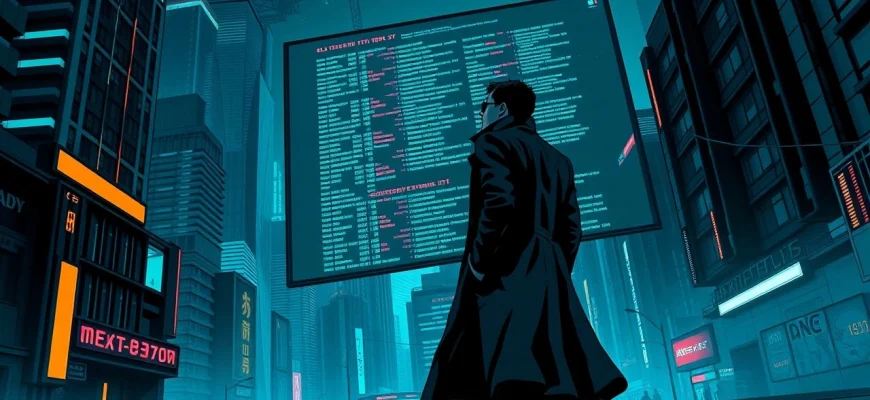If you loved the mind-bending action and philosophical depth of 'The Matrix Reloaded' (2003), you're in for a treat. This article explores 10 movies and shows that share similar themes of reality-bending sci-fi, high-octane action, and thought-provoking narratives. Whether you're craving more dystopian futures, cyberpunk aesthetics, or existential questions, these picks will keep you hooked just like Neo's journey did.
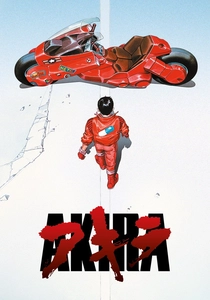
Akira (1988)
Description: Like 'The Matrix Reloaded', 'Akira' is a visually stunning cyberpunk story that explores themes of power, control, and human evolution. Both films feature protagonists with extraordinary abilities that challenge the established order. The films share a dystopian aesthetic and complex, layered storytelling.
Fact: The film's budget was approximately $5 million, making it one of the most expensive anime films ever made at the time. It took over 70,000 animation cels to create the film. 'Akira' was instrumental in introducing anime to Western audiences and influenced countless filmmakers, including the Wachowskis.
 Watch Now
Watch Now 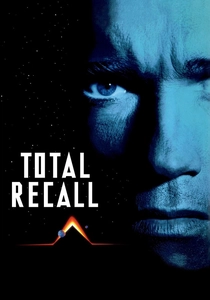
Total Recall (1990)
Description: Paul Verhoeven's 'Total Recall' shares with 'The Matrix Reloaded' themes of false memories and reality distortion. Both films feature action-packed sequences and protagonists who struggle to discern what is real. The films also explore corporate control and rebellion against oppressive systems.
Fact: The film's special effects were groundbreaking for their time, including the famous 'three-breasted woman'. Arnold Schwarzenegger performed many of his own stunts. The film's ending is intentionally ambiguous, leaving viewers to debate whether the events were real or implanted memories.
 Watch Now
Watch Now 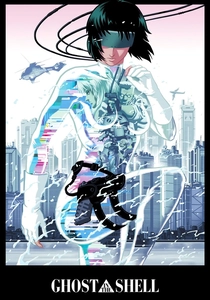
Ghost in the Shell (1995)
Description: This seminal anime shares with 'The Matrix Reloaded' deep philosophical questions about identity, consciousness, and the merging of human and machine. The Wachowskis have cited 'Ghost in the Shell' as a major influence on 'The Matrix' trilogy. Both feature protagonists who can 'hack' into systems and question their own existence.
Fact: The film's iconic opening sequence features a completely CGI-animated cityscape, revolutionary for
 Watch Now
Watch Now 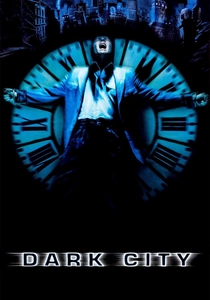
Dark City (1998)
Description: Alex Proyas' 'Dark City' shares with 'The Matrix Reloaded' a noir-inspired visual style and themes of reality manipulation. Both films feature protagonists who discover they have special abilities to manipulate their environment, leading to mind-bending revelations about the nature of their world.
Fact: The film was originally released with a narration that director Alex Proyas later removed for the Director's Cut. The city sets were built on the same soundstages used for 'The Matrix'. Roger Ebert called it the best film of 1998 and later included it in his 'Great Movies' list.
 Watch Now
Watch Now 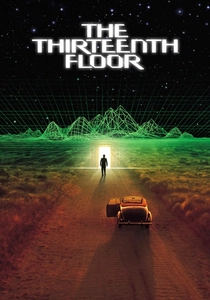
The Thirteenth Floor (1999)
Description: This underrated sci-fi thriller shares with 'The Matrix Reloaded' the theme of simulated reality and the blurring line between the real and the artificial. Both films feature protagonists who discover that their world is not what it seems, leading to existential questions and thrilling action as they uncover the truth.
Fact: The film is based on the 1964 novel 'Simulacron-3' by Daniel F. Galouye. It was released the same year as 'The Matrix', leading to comparisons between the two films. The movie's depiction of 1930s Los Angeles was achieved through meticulous set design and digital effects.
 Watch Now
Watch Now 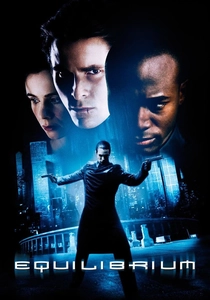
Equilibrium (2002)
Description: This dystopian action film shares with 'The Matrix Reloaded' themes of rebellion against oppressive systems and the suppression of human emotion. Both films feature highly stylized action sequences, including gun fu choreography. The protagonists in both films awaken to the truth of their world and become symbols of resistance.
Fact: The film's gun kata fighting style was created specifically for the movie. It was shot in Berlin, using locations that still showed damage from World War II. Despite mixed reviews upon release, it has gained a cult following over the years.
 Watch Now
Watch Now 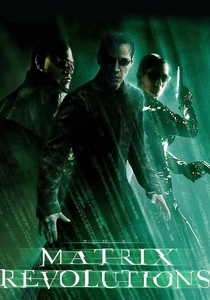
The Matrix Revolutions (2003)
Description: As the direct sequel to 'The Matrix Reloaded', 'The Matrix Revolutions' continues the story of Neo and the human resistance against the machines. It shares the same cyberpunk aesthetic, philosophical themes about reality and illusion, and high-octane action sequences. The film delves deeper into the war between humans and machines, maintaining the visual and thematic consistency of the trilogy.
Fact: The film's final battle scene, 'The Siege of Zion', was one of the most expensive sequences ever filmed at the time. The Wachowskis used a unique color grading technique to differentiate between the real world (blue tones) and the Matrix (green tones). The film's ending was highly debated among fans for its ambiguous nature.
 Watch Now
Watch Now 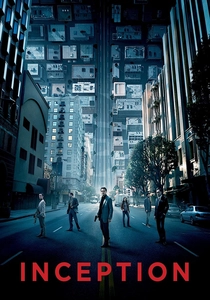
Inception (2010)
Description: Christopher Nolan's 'Inception' shares with 'The Matrix Reloaded' a complex narrative structure that plays with layers of reality. Both films explore themes of perception, control, and the nature of existence. The action sequences in 'Inception', much like in 'The Matrix Reloaded', are visually stunning and integral to the plot, blending practical effects with CGI.
Fact: The rotating hallway fight scene was achieved with a practical set that could rotate 360 degrees. Hans Zimmer's score includes a slowed-down version of Edith Piaf's 'Non, Je Ne Regrette Rien', which also inspired the film's pacing. The film's ending is intentionally ambiguous, leaving viewers to debate whether Cobb is still dreaming.
 Watch Now
Watch Now 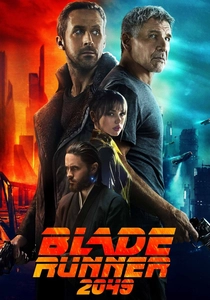
Blade Runner 2049 (2017)
Description: Like 'The Matrix Reloaded', 'Blade Runner 2049' is a visually stunning sci-fi film that explores themes of identity, reality, and humanity. Both films feature protagonists who question their own existence and the nature of their world. The neo-noir aesthetic and philosophical undertones are strong parallels between the two films.
Fact: Roger Deakins won his first Oscar for Best Cinematography for this film after 14 nominations. The film's dystopian Los Angeles was inspired by real locations like Las Vegas and Iceland. Harrison Ford reprised his role as Deckard after 35 years, making it one of the longest gaps between original and sequel in film history.
 Watch Now
Watch Now 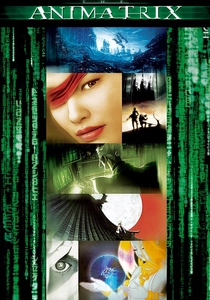
The Animatrix (2003)
Description: This anthology of animated shorts is directly connected to 'The Matrix Reloaded', expanding the universe and backstory of the films. Like 'The Matrix Reloaded', it explores themes of reality, control, and rebellion through stunning visuals and action sequences. The diverse animation styles showcase the creative possibilities of the Matrix universe.
Fact: The project was conceived by the Wachowskis to explore stories that couldn't be told in the live-action films. It features contributions from renowned anime directors like Shinichiro Watanabe and Mahiro Maeda. The short 'The Second Renaissance' provides crucial backstory about the human-machine war.
 Watch Now
Watch Now 
